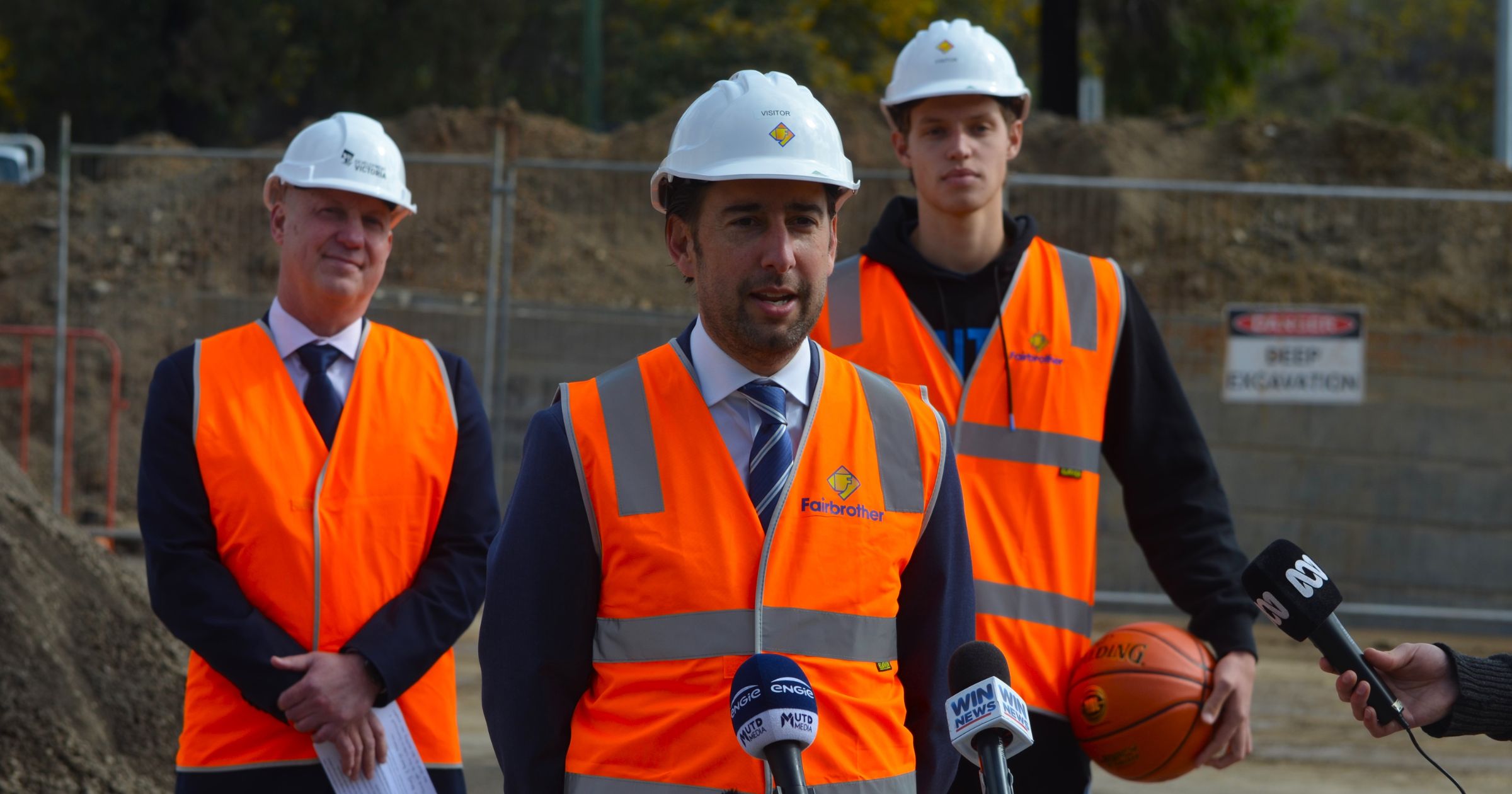City spreads financial burden of developments

Spreading the load: The City of Greater Bendigo has adopted a policy to guide financial contributions for developments. Photo: FILE
THE City of Greater Bendigo has tightened up its process of applying development contributions to projects throughout the municipality in a move to better share associated costs.
Councillors voted at their August meeting to adopt a Development Contributions Policy and a related Development Contributions Governance Framework to guide officers in choosing, implementing and managing contributions schemes for future developments.
An officer’s report tabled at the meeting said there was a need for a transparent and consistent approach to planning and funding new developments.
Drafts of both documents went through a consultation process in April and May, and attracted one submission from a developer indicating broad support.
According to the report, the policy and framework will ensure that new developments will not expose the City and the community to “unreasonable financial burden.”
Cr Margaret O’Rourke moved the adoption and councillors voted unanimously in favour.
“I think it’s not before time, actually,” Cr O’Rourke said. “We are a growing city; it’s important…for developers to understand what’s required of them when they’re doing greenfield sites.
“There is a need for a transparent and consistent approach to the planning and funding of new developments.
“Many in our community potentially aren’t aware that when a new development is being built that it’s up to the city to pay for most of the costs for the associated infrastructure.
“What this policy does, it means that developers now have to put forward a contribution to that.”
Cr O’Rourke said similar systems were used by many other municipalities. “I think it’s very clear to developers now when they want to do a development in Greater Bendigo what’s expected of them,” she said.
The policy will apply to all essential shared infrastructure needed to service new urban developments.
In regional Victoria, they are used mainly for management of greenfield growth areas that need significant services such as footpaths, kerb and channel works, sewerage, water supplies, electricity and telecommunications facilities as they change from open land to housing or industrial estates.


















